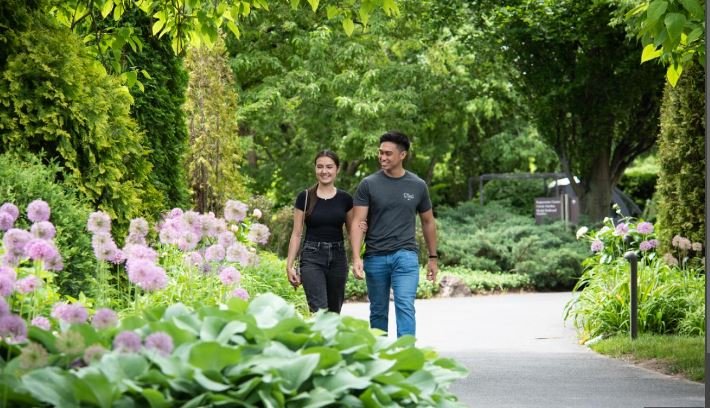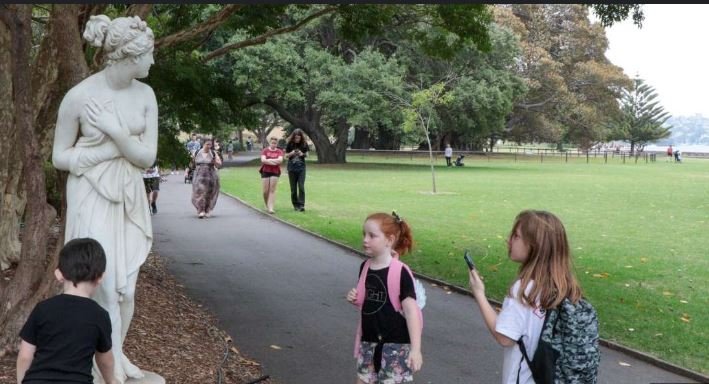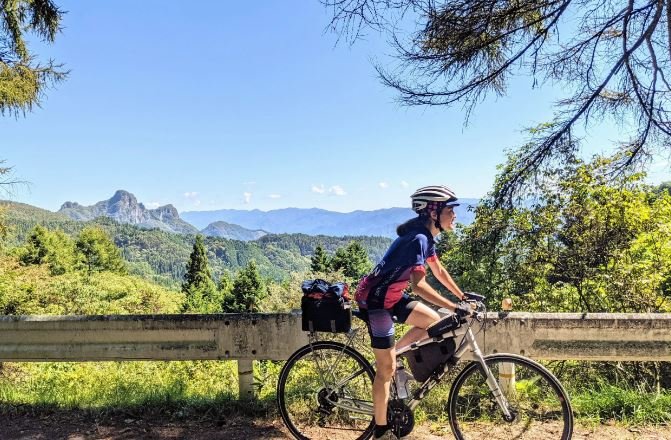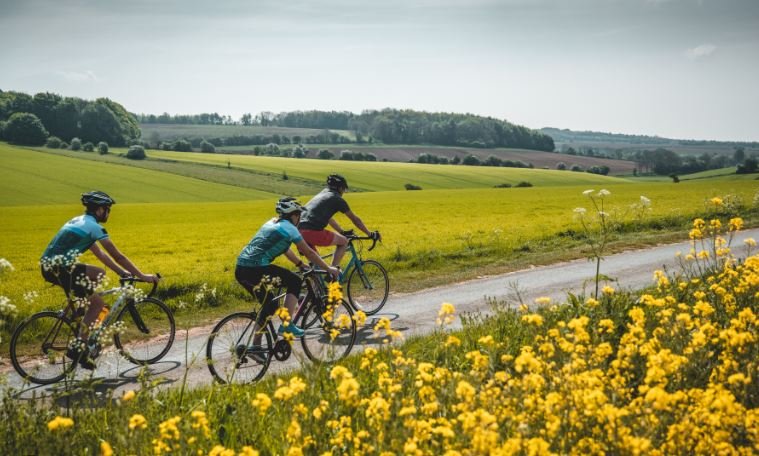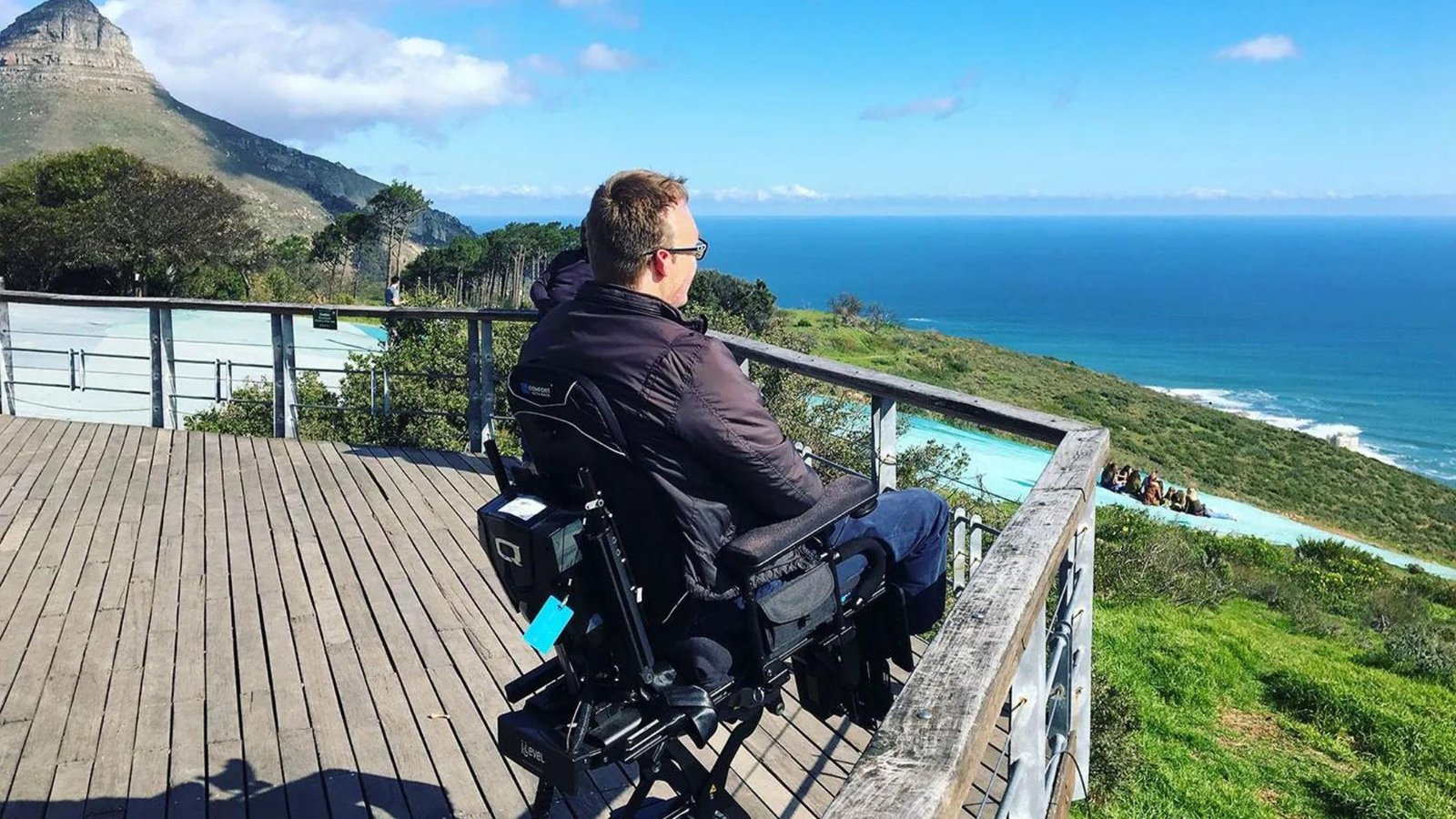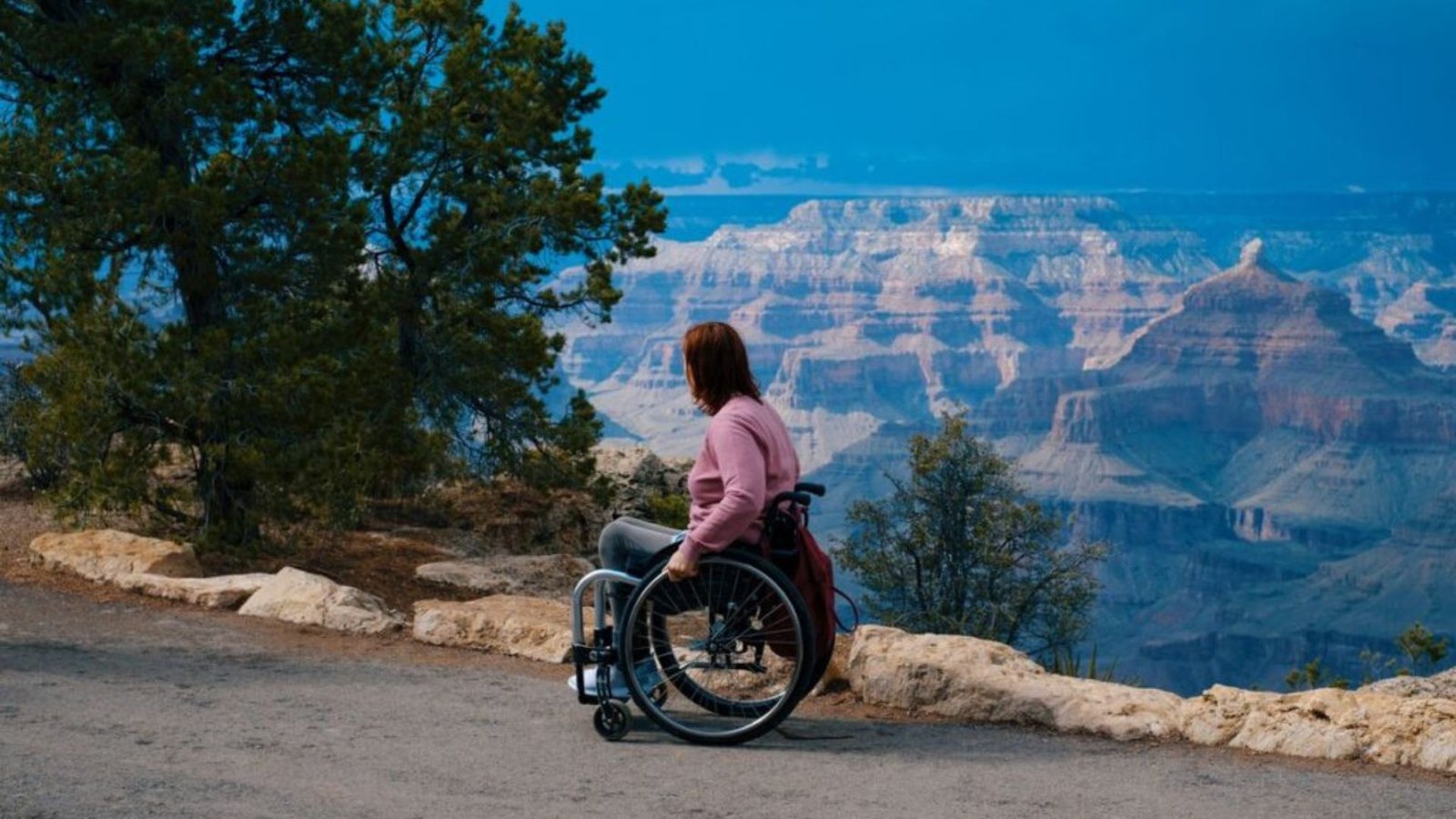Historical Explorations: Self-Guided Castle and Fortress Tours
Self-guided tours of castle and fortress tours offer a captivating way to delve into history while exploring some of the most iconic and well-preserved architectural marvels. These structures, rich with stories of ancient battles, royal intrigues, and strategic importance, provide a window into the past. Here’s how to make the most of your self-guided exploration of these historic sites.

Choosing the Right Castle or Fortress
When planning your self-guided castle or fortress tour, start by selecting locations that pique your interest. Castles and fortresses vary widely in size, historical significance, and architectural style. Research different sites, considering their historical background, notable features, and accessibility. Look for locations with informative guides or maps available online to help plan your route and enhance your visit. Many historic sites have websites or visitor centers that provide detailed information and resources to assist self-guided tours.
Preparing for Your Tour
Preparation is key to a successful self-guided exploration. Dress comfortably and appropriately for the weather, and wear sturdy shoes as many historical sites have uneven or cobbled paths. Bring a small backpack with essentials such as water, snacks, a map, and a camera. Depending on the site’s regulations, you might also need a flashlight for exploring darker areas like dungeons or towers. A notebook can be useful for jotting down notes or sketches of interesting architectural details.
Navigating Historical Sites
As you embark on your self-guided tour, use available maps and guides to navigate the castle or fortress. Many historical sites provide self-guided tour brochures or downloadable apps that outline key points of interest and historical context. Pay attention to signage and markers that explain the significance of different areas, such as the great hall, battlements, or living quarters. Take your time to explore each section, and if available, listen to audio guides or read historical plaques to gain deeper insights into the site’s history and architecture.
Engaging with History
A self-guided tour allows you to engage deeply with the history of the castle or fortress. Imagine the daily lives of its inhabitants, from the nobility to the soldiers and servants. Reflect on the strategic importance of the fortress’s location and its role in historical conflicts. Explore architectural features such as defensive walls, drawbridges, and towers, and consider how they contributed to the site’s defense and functionality. If you’re visiting a castle, imagine the grand events that might have taken place in its halls, from royal banquets to ceremonial occasions.
Respecting the Site
Respect for historical sites is crucial during your self-guided tour. Follow any posted rules or guidelines to ensure the preservation of the site. Avoid touching or leaning on fragile structures and be mindful of restricted areas. If the site has limited access to certain parts due to conservation efforts, respect these boundaries. Dispose of any trash properly and leave the site as you found it, ensuring it remains a valuable resource for future visitors.
Documenting Your Visit
Capture the highlights of your visit through photographs or sketches, focusing on unique architectural details or panoramic views. If you’re using a camera, be mindful of any restrictions on photography within the site. Consider writing a brief summary of your experience in a travel journal, noting interesting facts, personal reflections, and any questions that arose during your exploration. Sharing your experiences on social media or travel blogs can inspire others to explore these historical treasures.
Reflecting on the Experience
After completing your tour, take a moment to reflect on what you’ve learned and experienced. Think about the historical context of the site and how it fits into the broader narrative of the region’s history. Consider how the architecture and design of the castle or fortress influenced its role in history. Reflecting on your visit can deepen your appreciation for historical sites and enrich your understanding of their significance.
Conclusion
Self-guided castle and fortress tours offer an enriching opportunity to explore historical architecture and learn about the past at your own pace. By choosing the right sites, preparing adequately, navigating thoughtfully, engaging with history, and respecting the site, you can create a memorable and educational experience. Embrace the journey through time as you uncover the stories and secrets of these remarkable historical landmarks.


